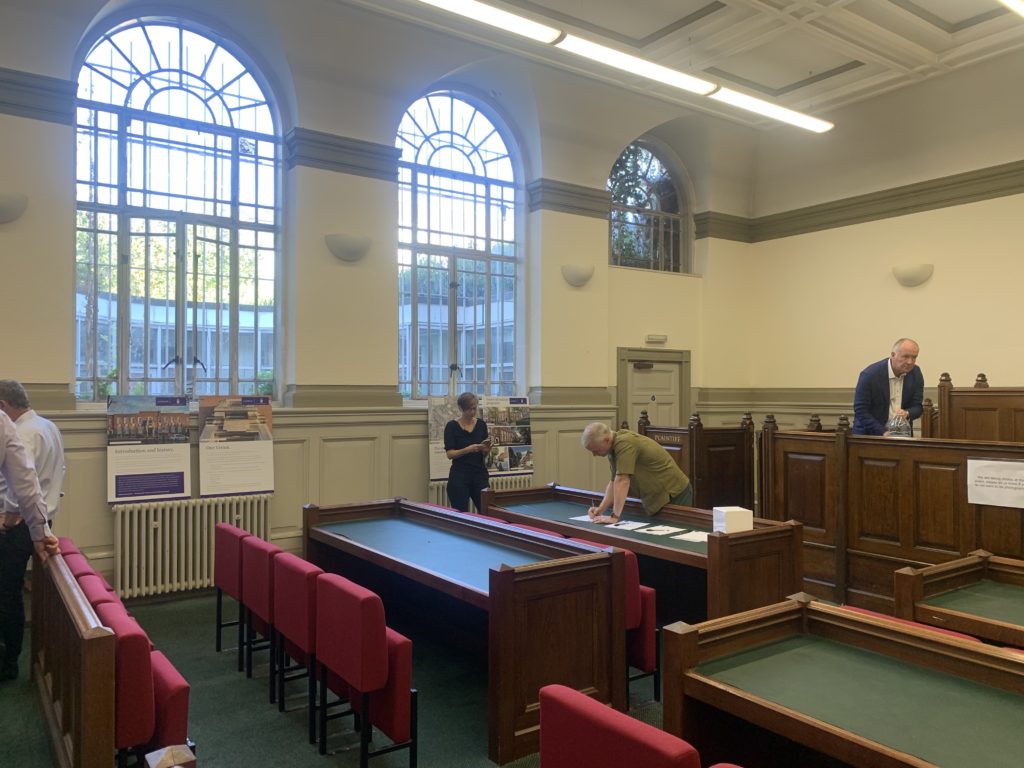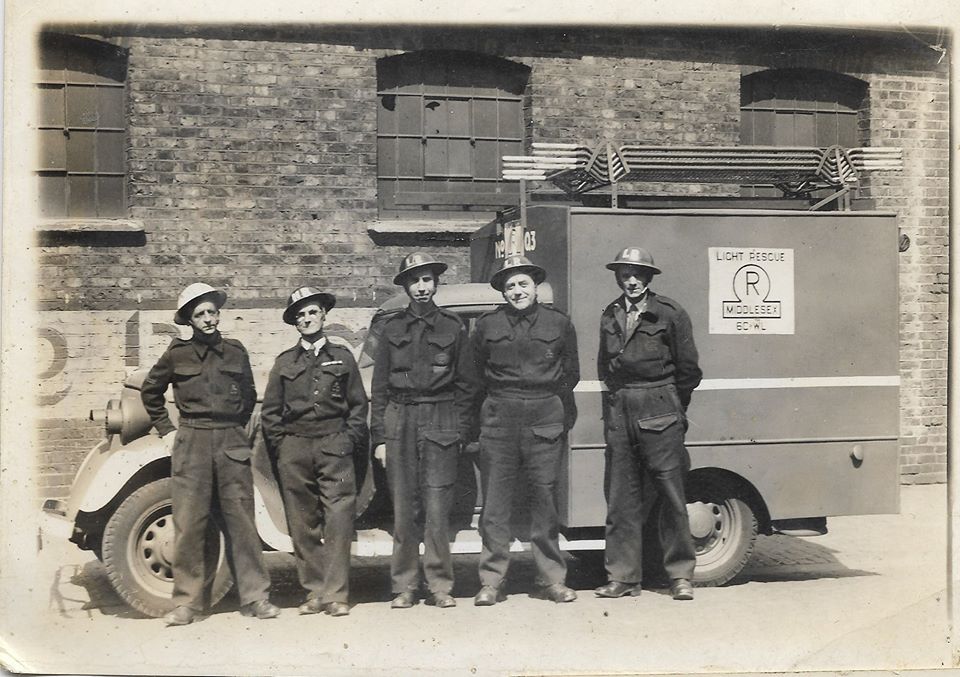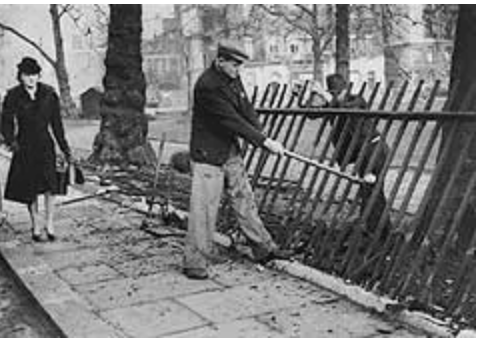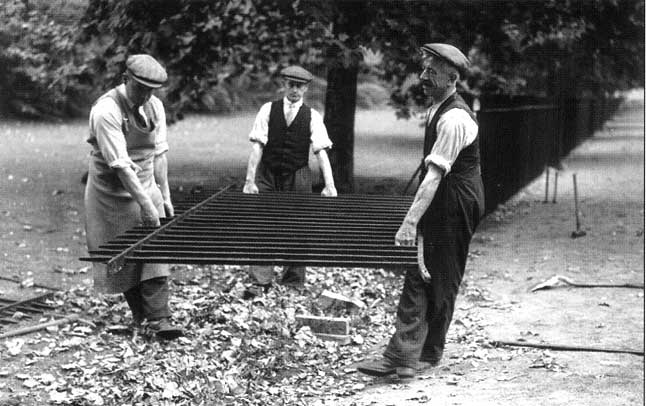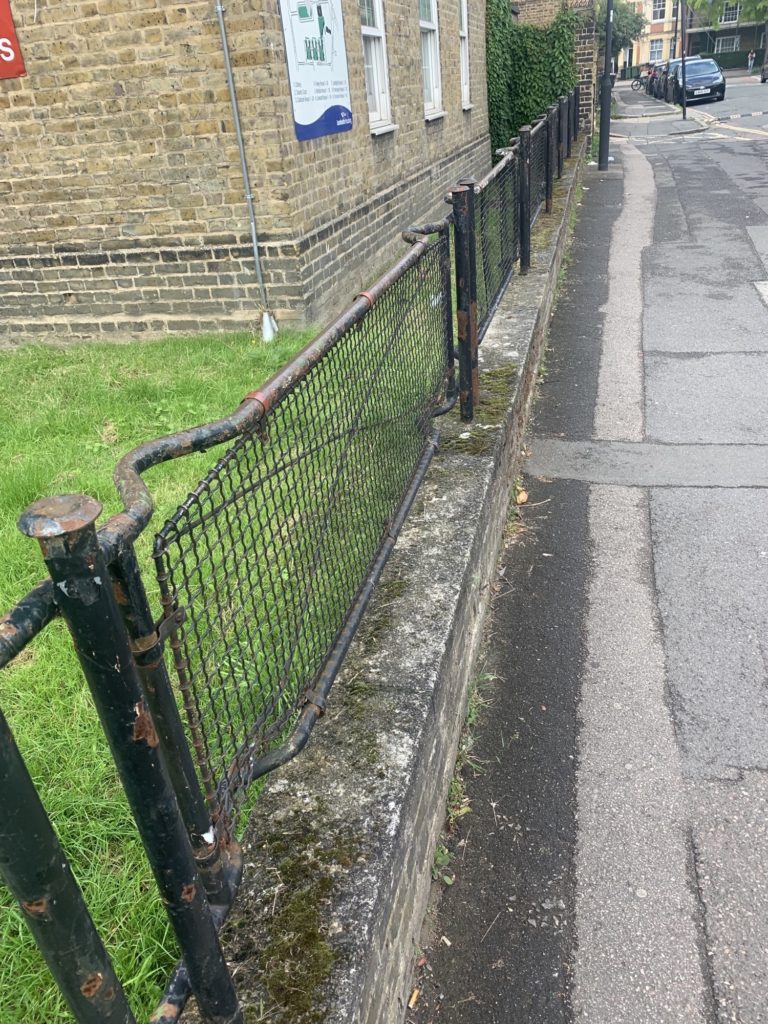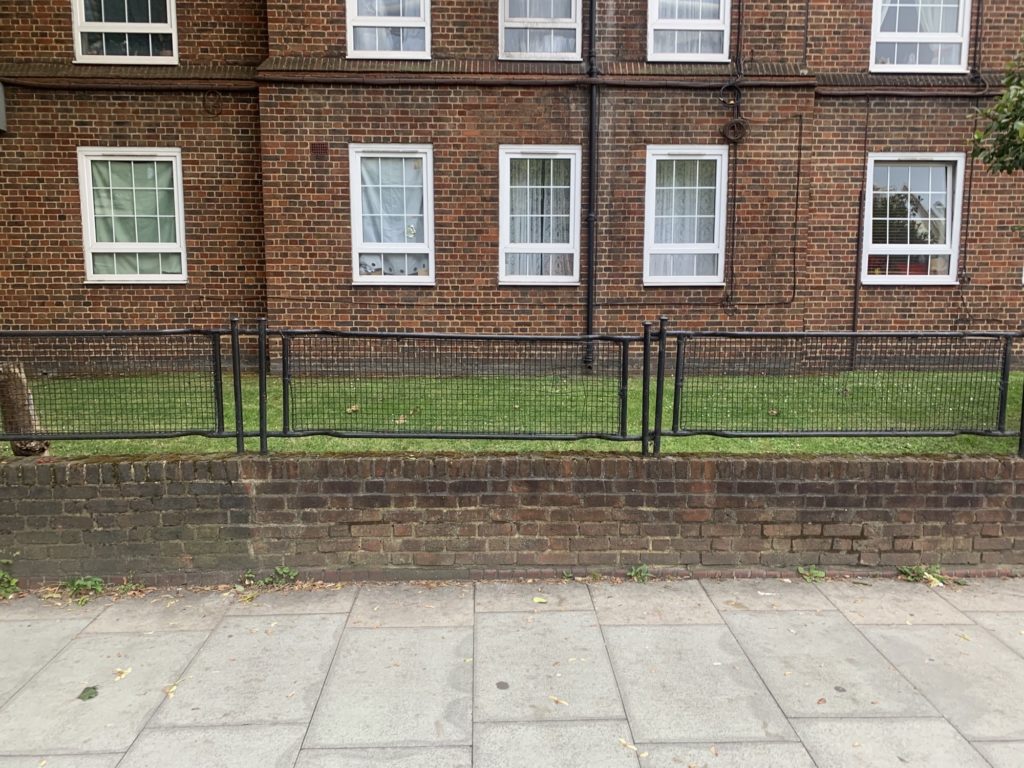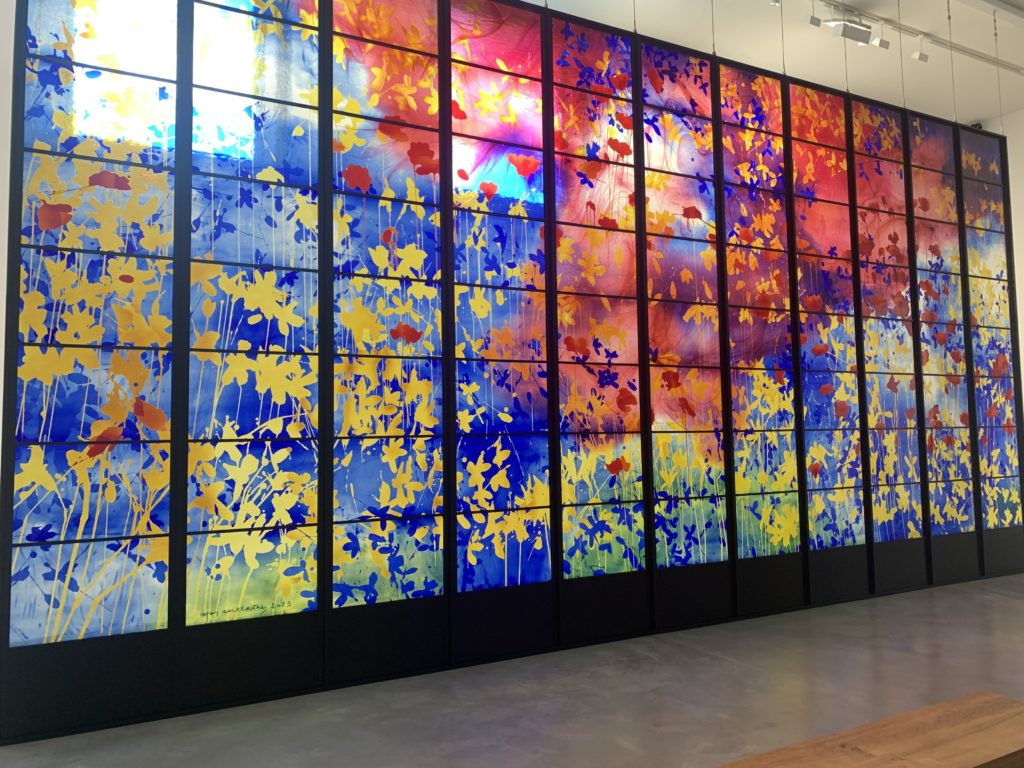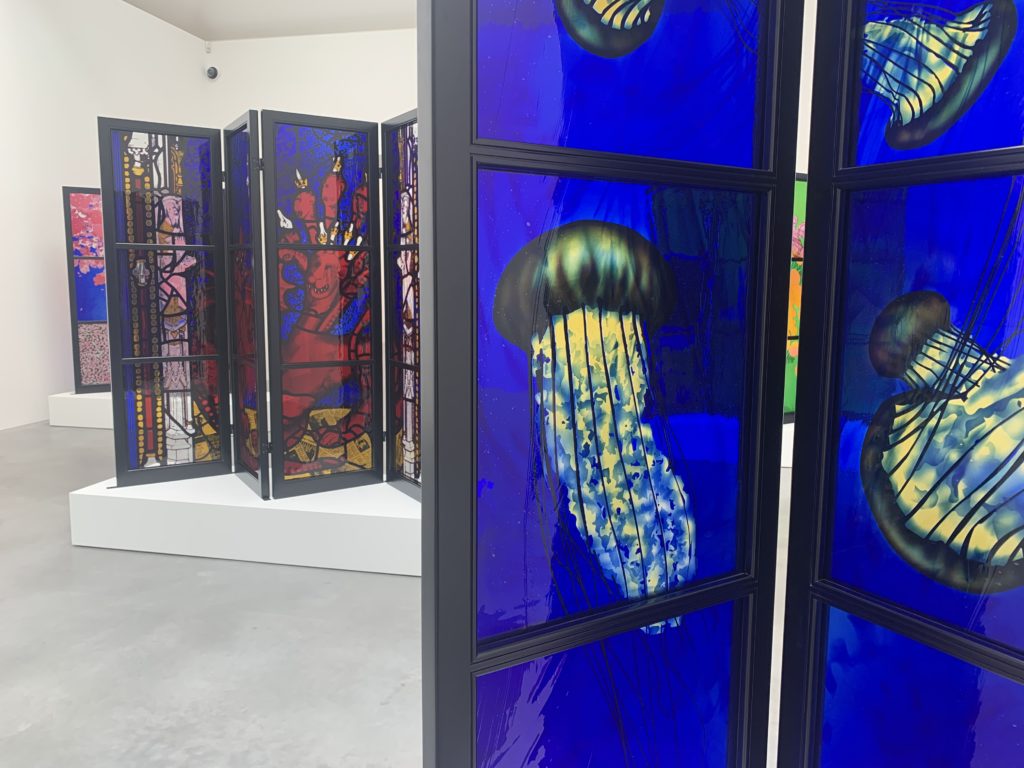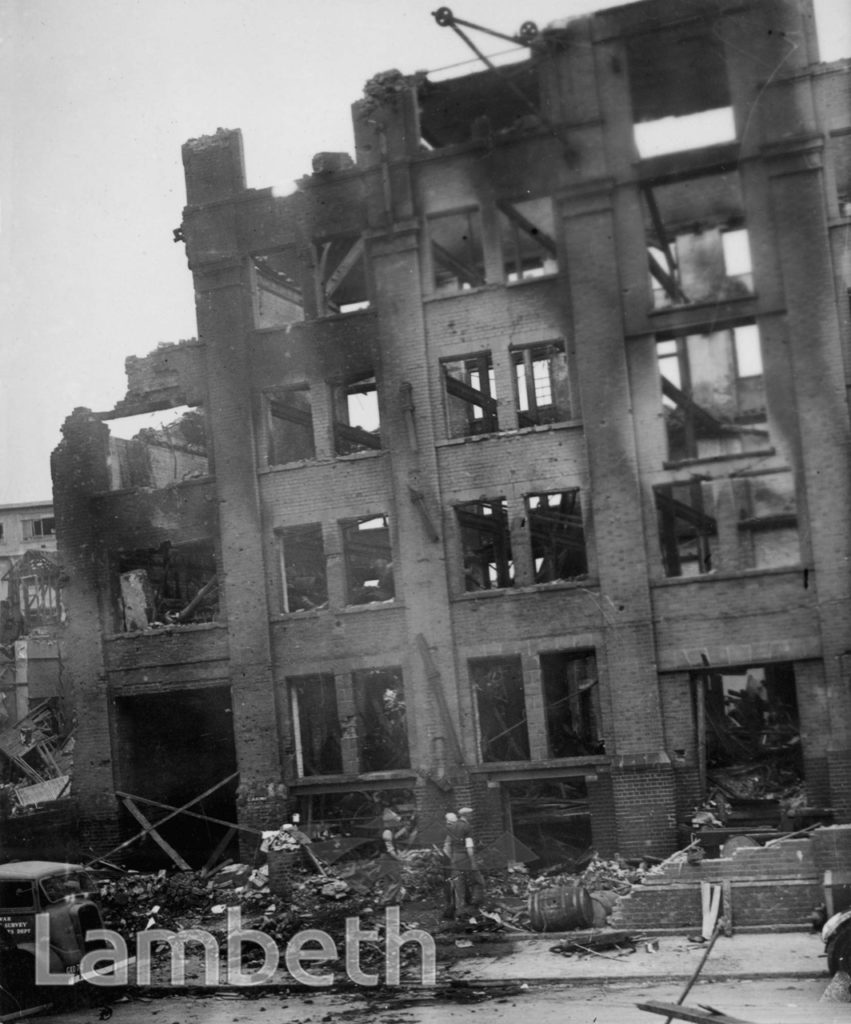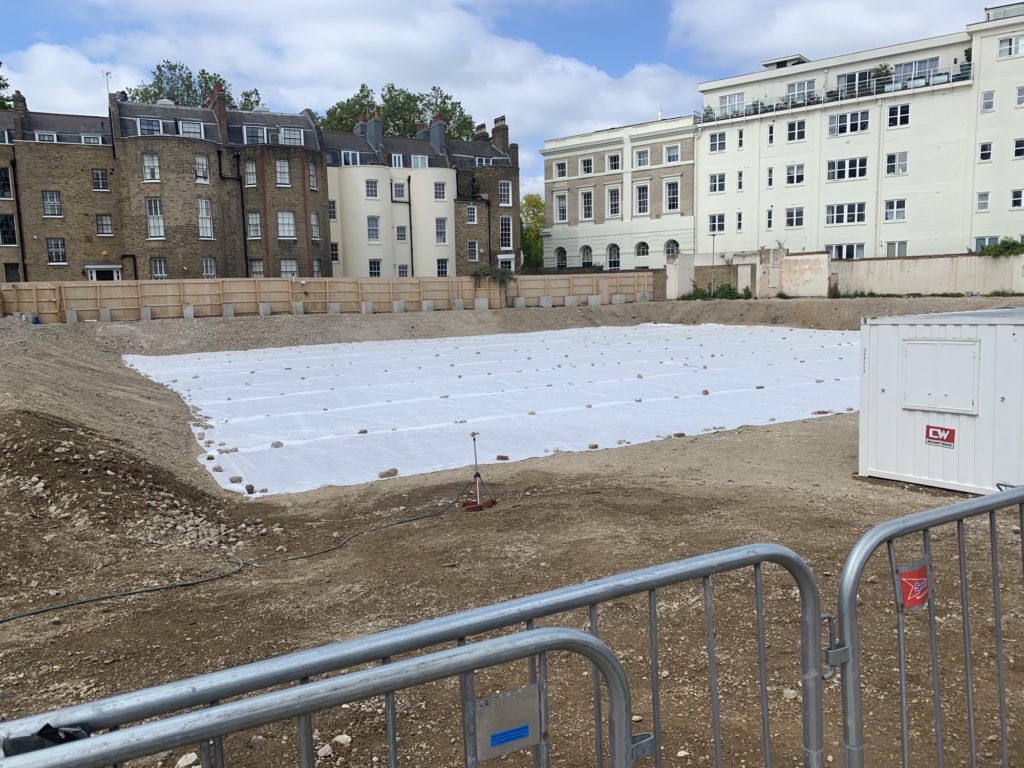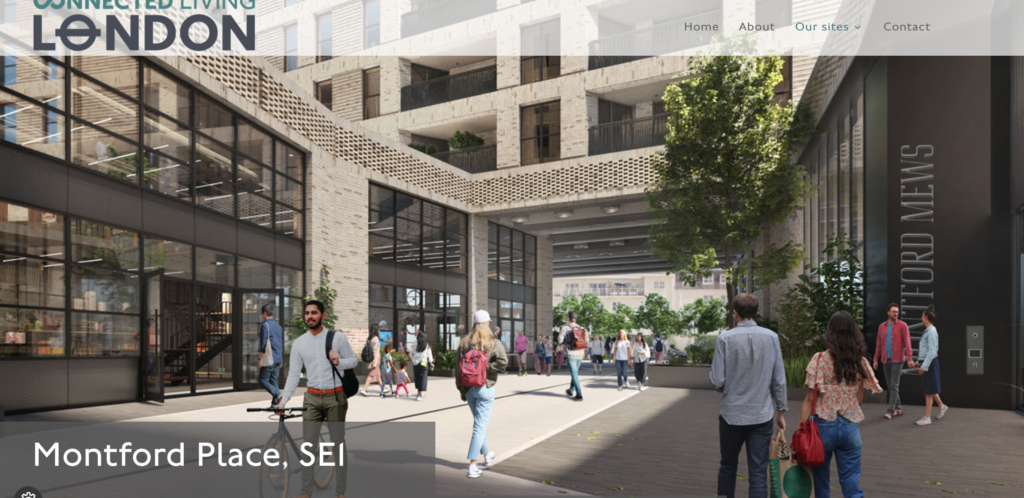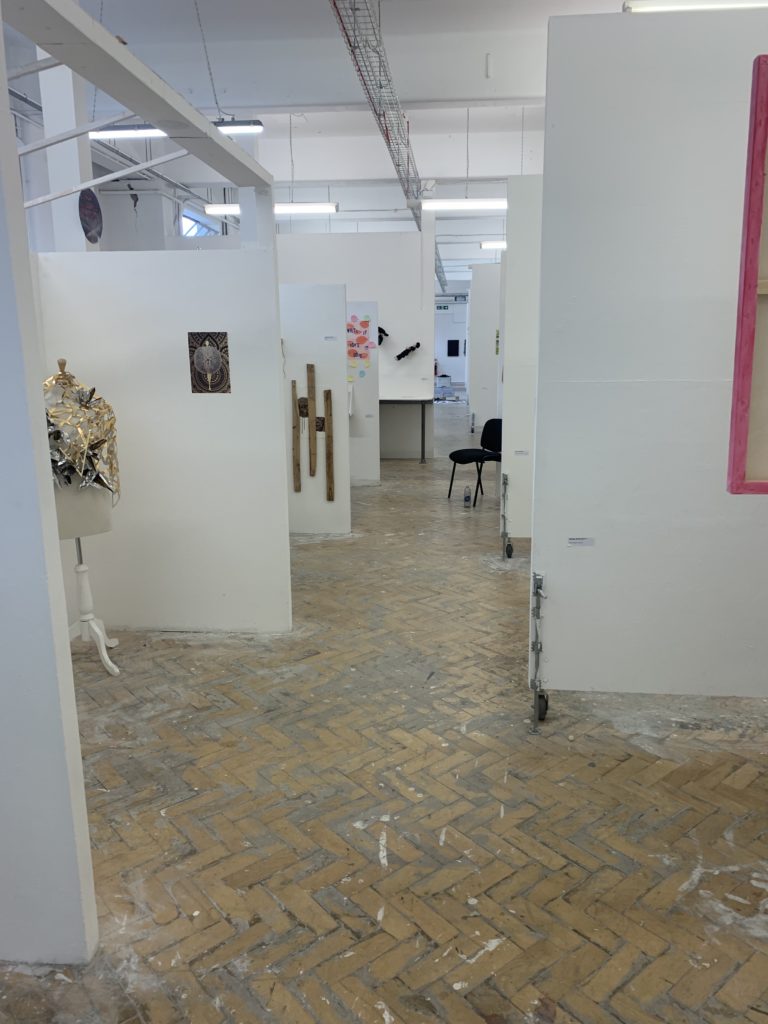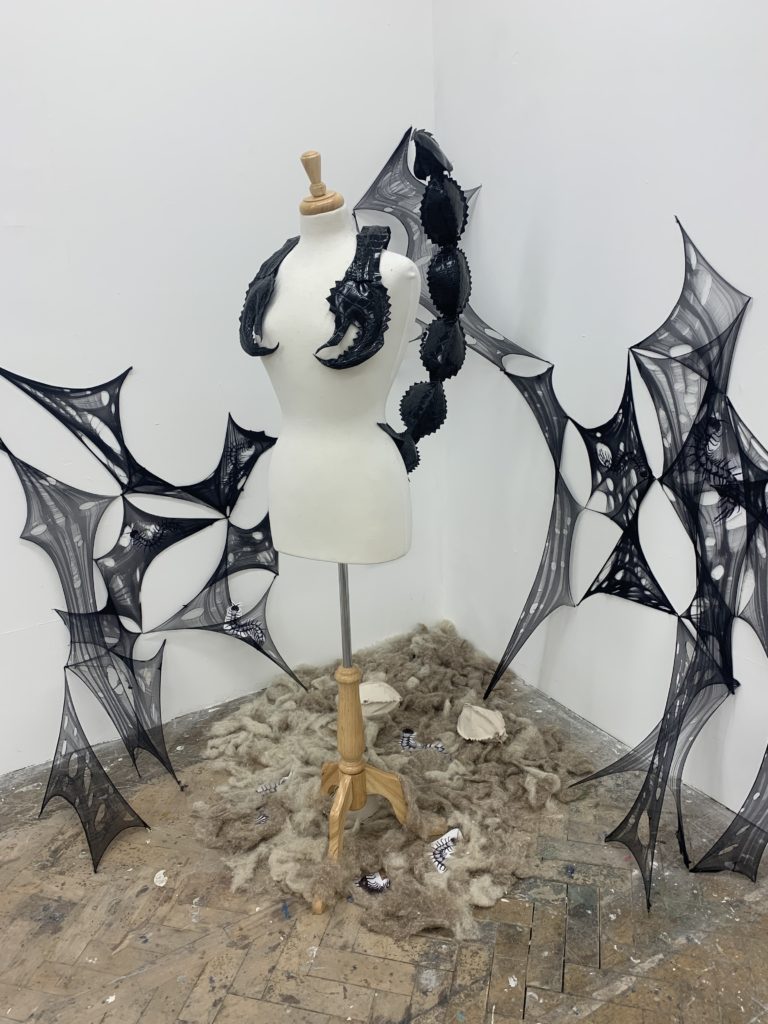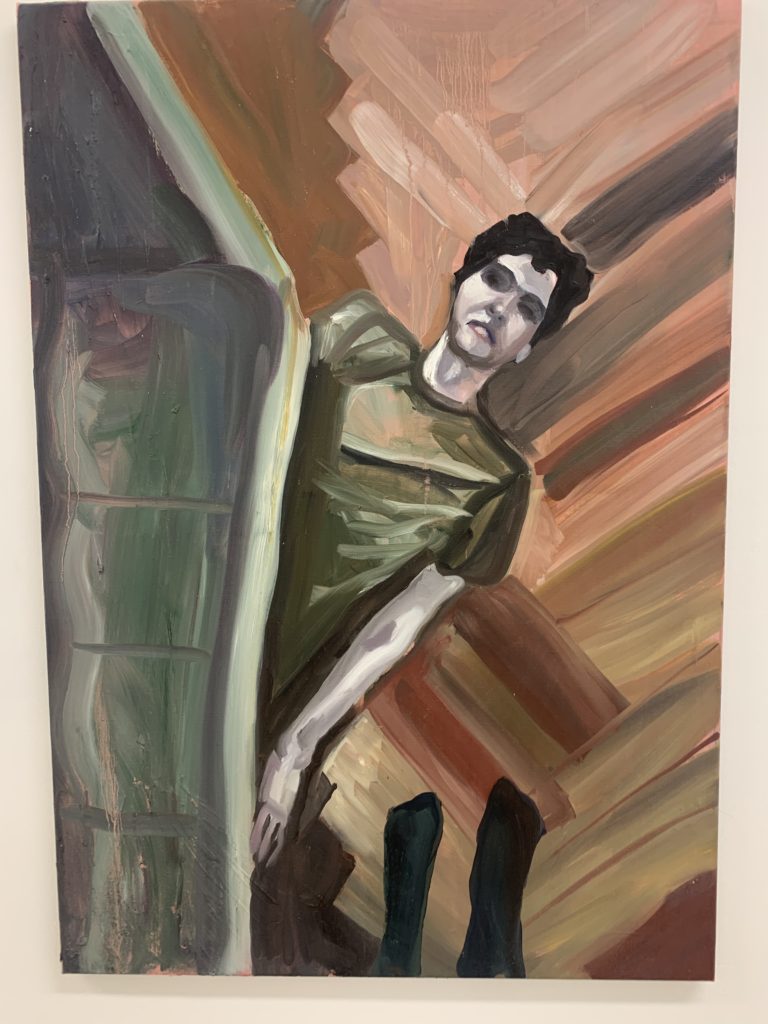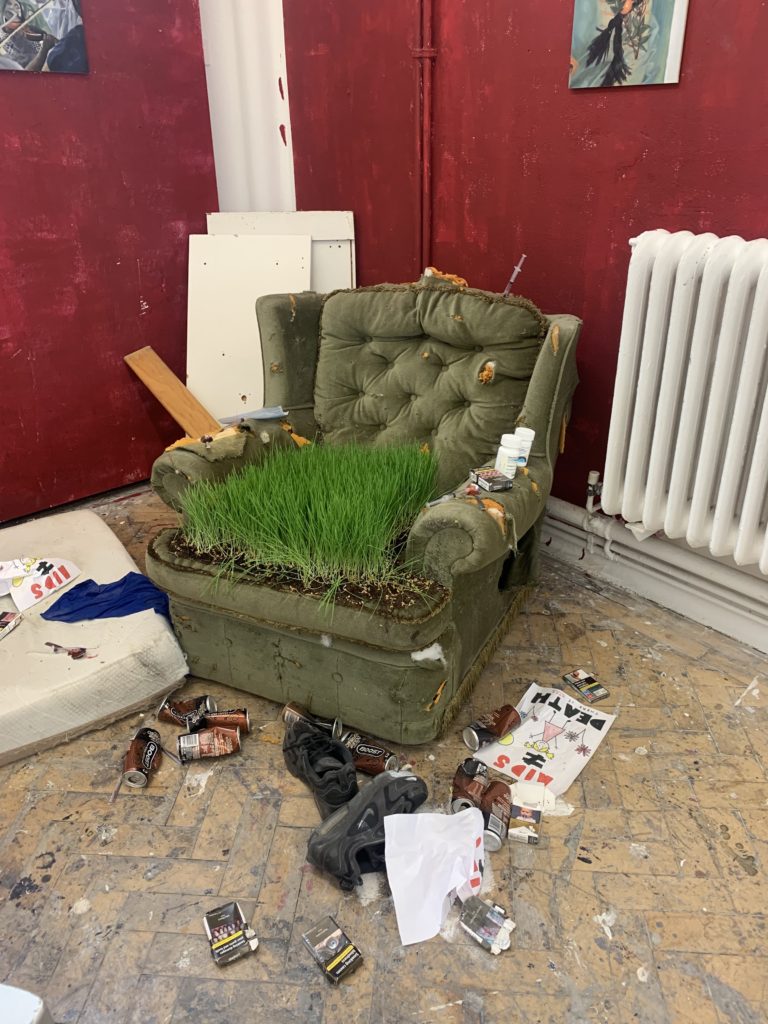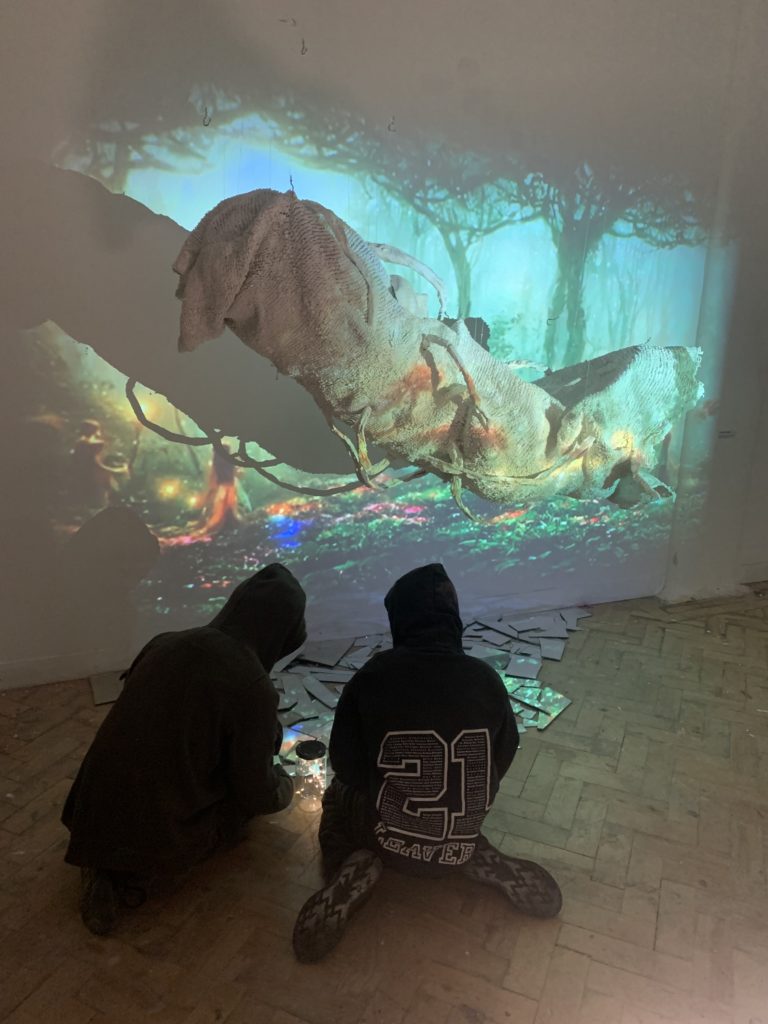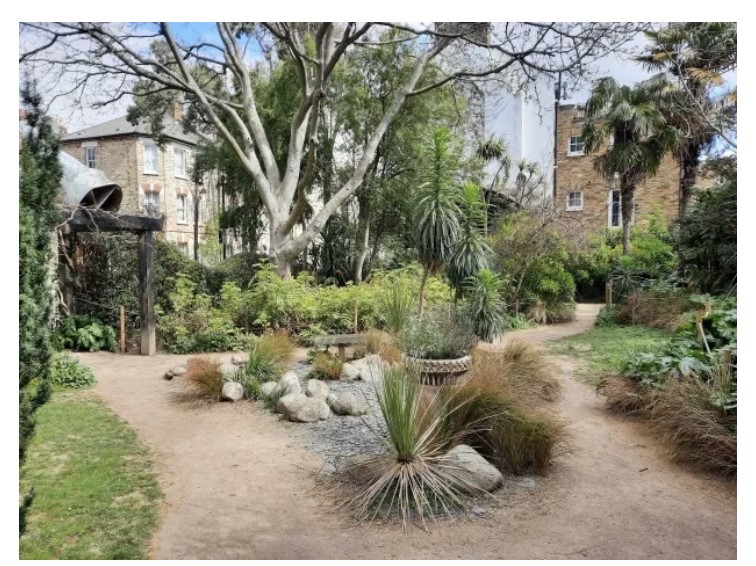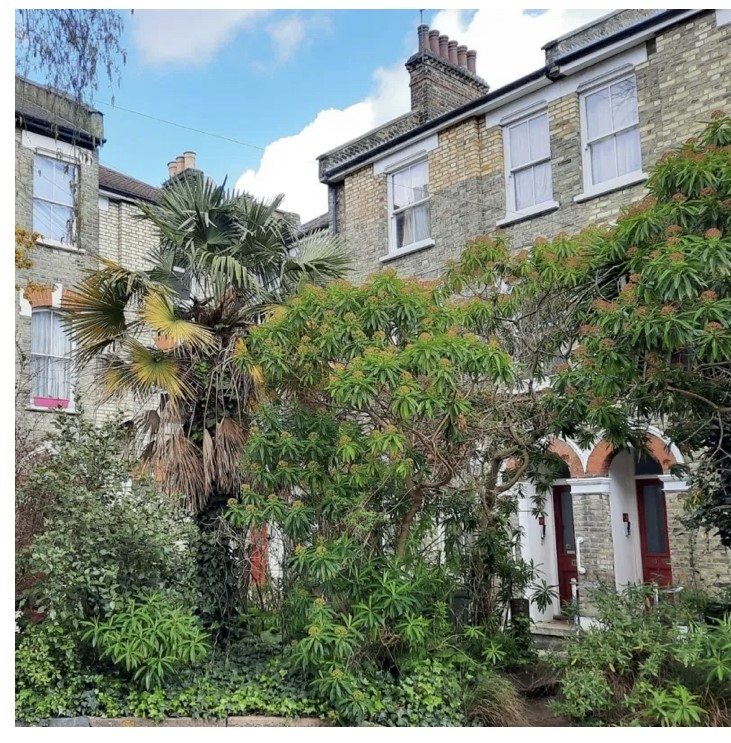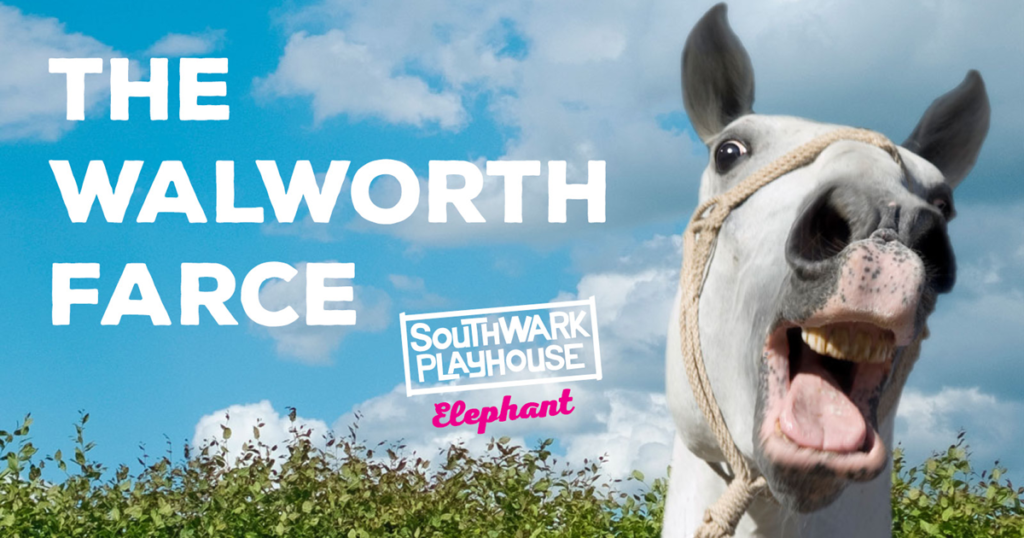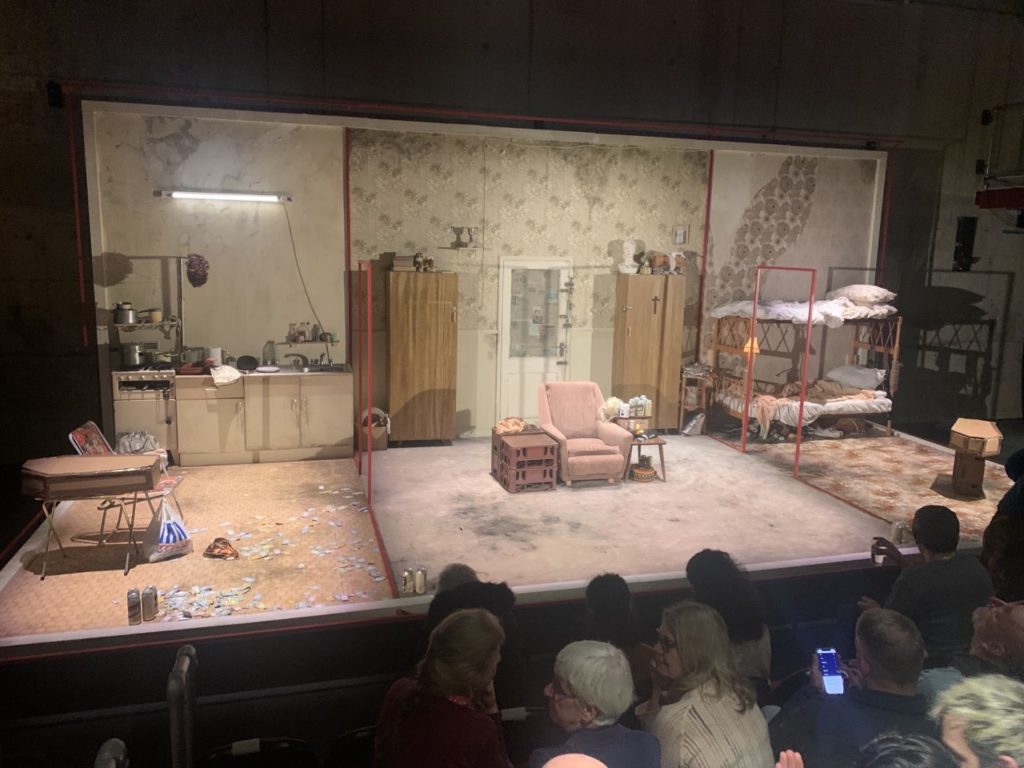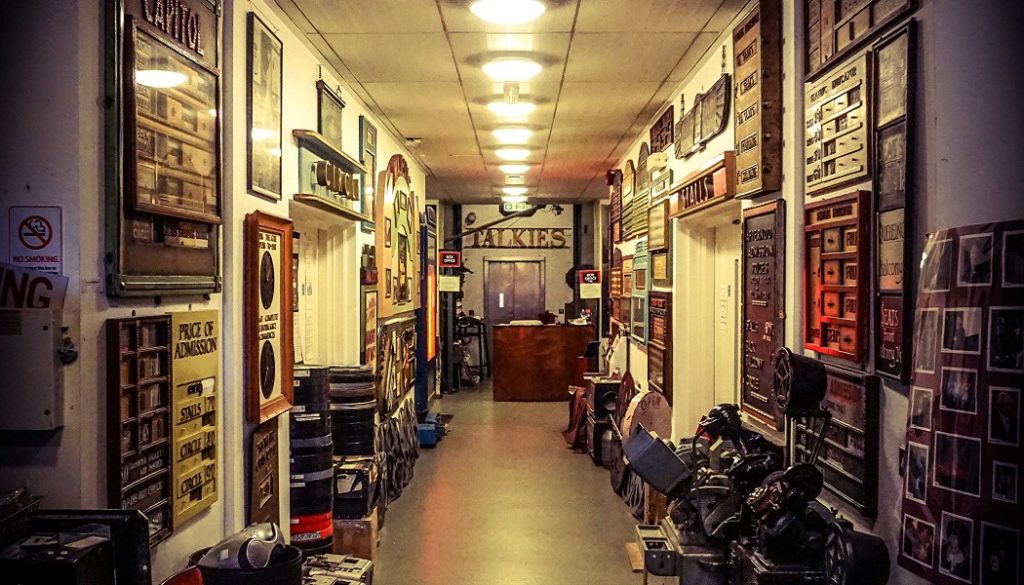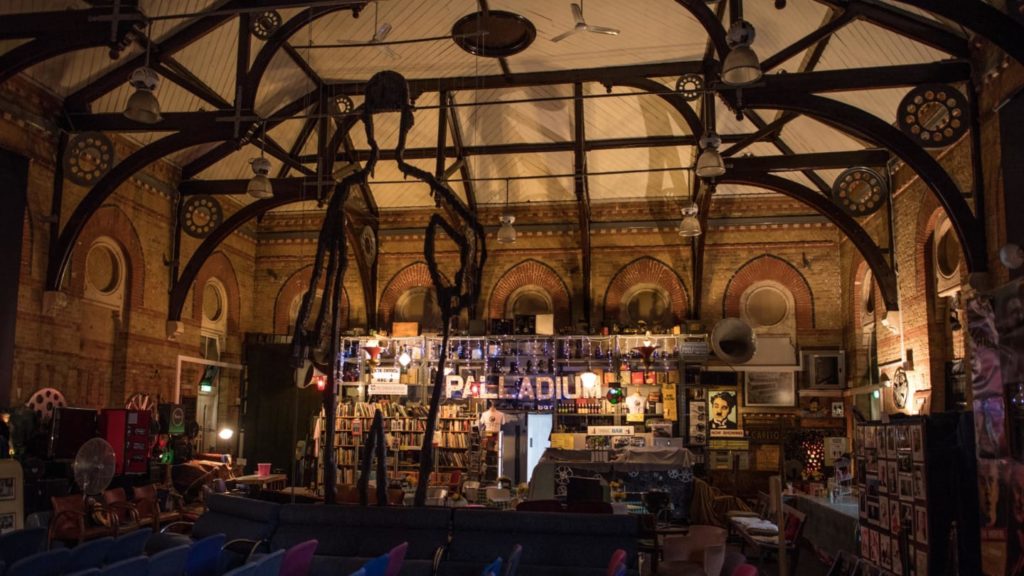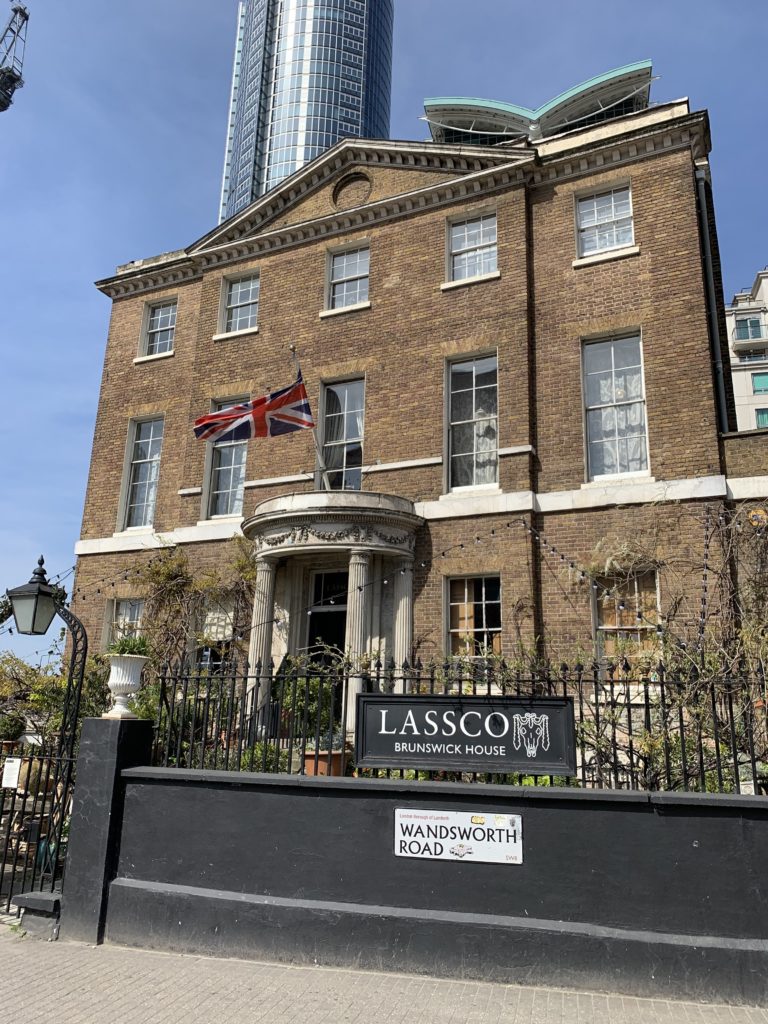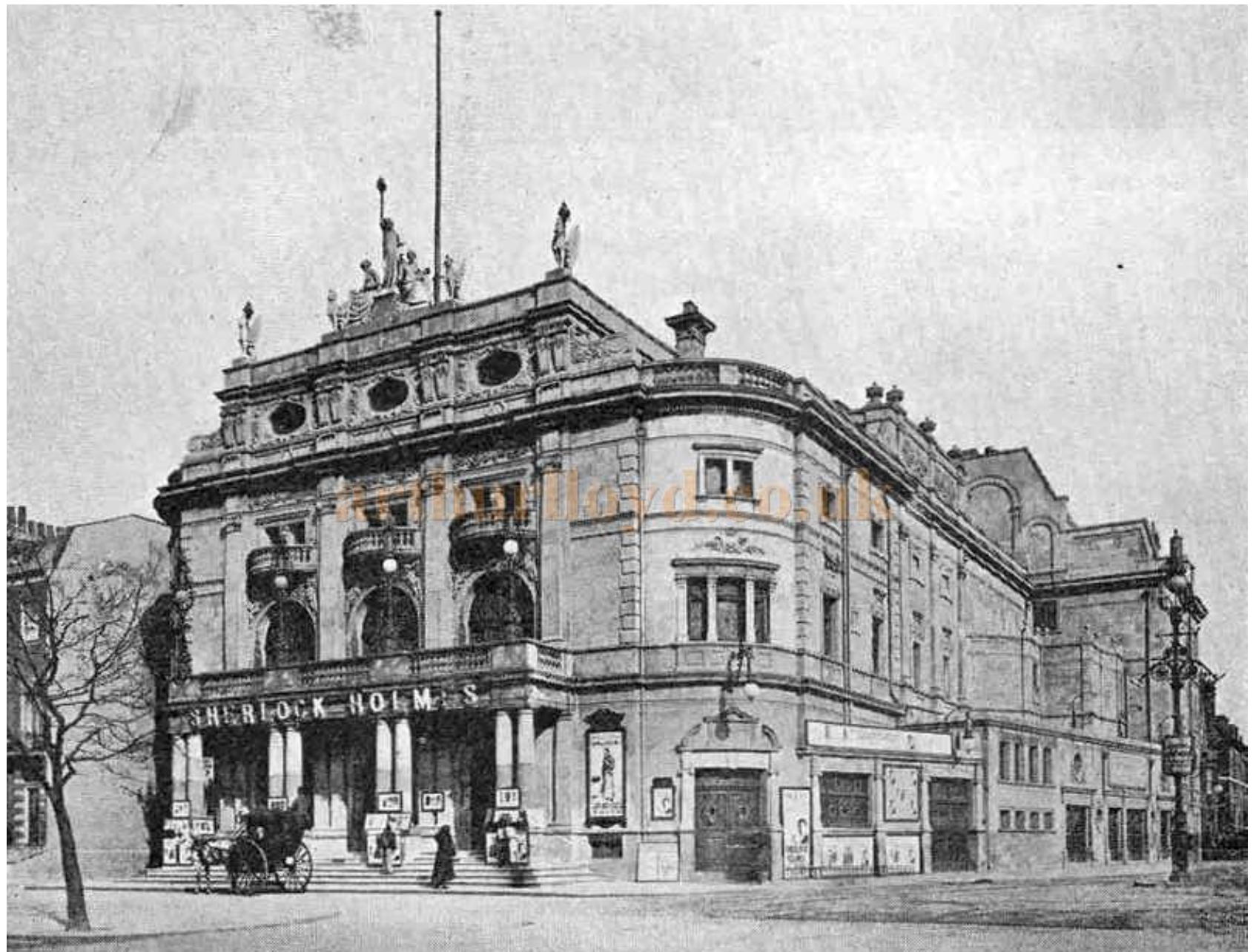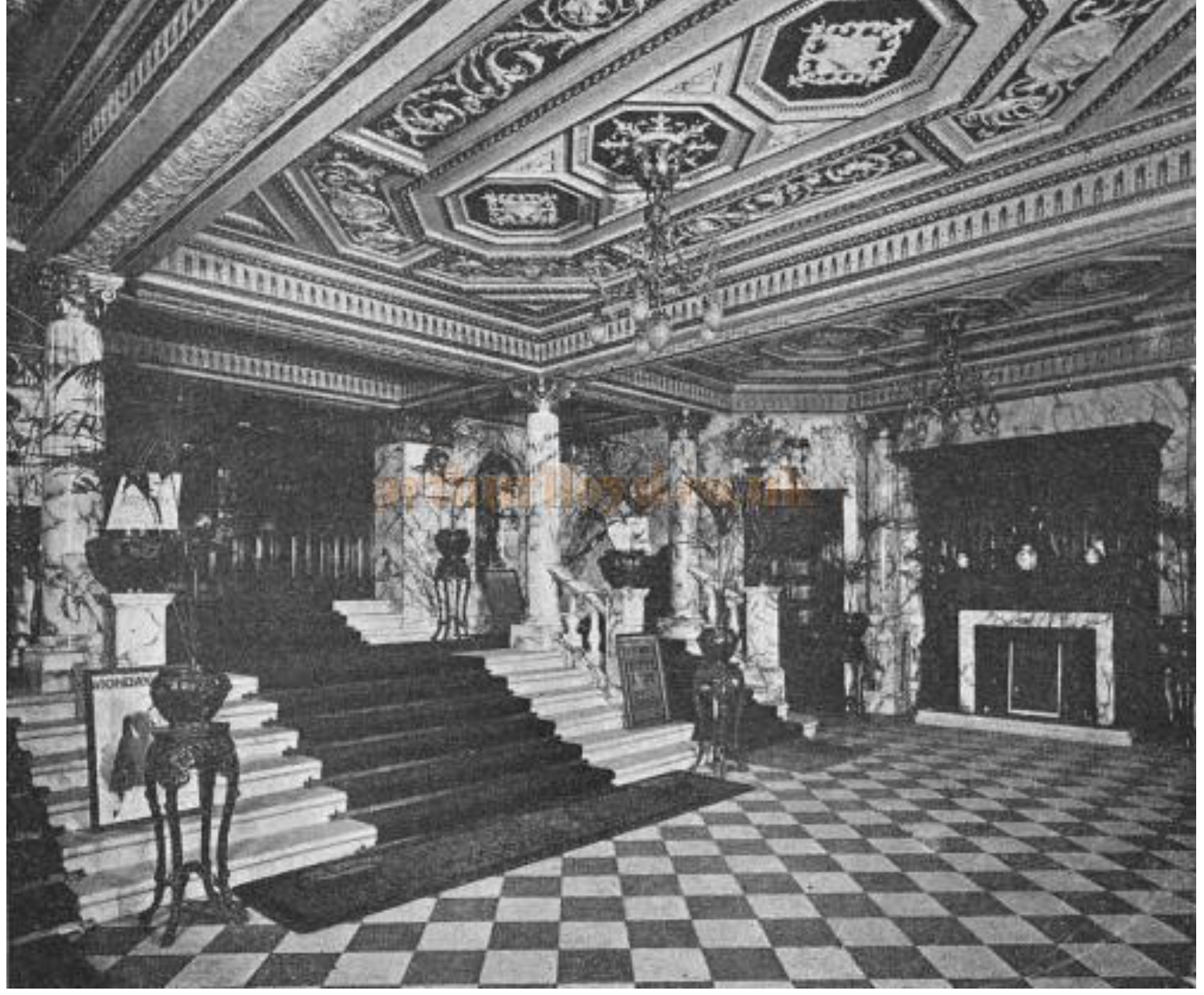If you’ve ever waltzed down Cleaver Street (the street connecting Cleaver Square to Kennington Cross) you will have stumbled upon the majestic Lambeth County Court building, which served our community loyally for 90 years until it was decommissioned in 2017. Since then it’s been shut to the public, opening its doors only tantalisingly for art exhibits, such as the one we covered in 2019. But change is afoot and we’re here to tell you all about it.

First a potted history. In 2020 owners Duchy of Cornwall appointed property developers to transform our lovely bit of early 20th century architecture to…you guessed it…. luxury flats. We saw the proposals in 2021 and it involved adding floors to the top, destroying the insides, and adding a huge wing to the back. Thanks to the unceasing exertions of neighbourhood groups and the strongarm of the 20th century society, listed buildings consent was granted at the end of 2021 which fortunately squashed the overambitious dreams of said developers.
During a recent open day inside the court building, we had conversations with folks from Fathom Architects, Rolfe Judd Planning, and most importantly an advisor on heritage who is ensuring that folks adhere to Grade II listed building guidelines. What is planned is the creation of two offices (non retail) on the ground floor and then nine flats above. This will be achieved by adding an additional floor (not easily visible from street level) and an addition at the back. The courtrooms will retain their original look with one flat built entirely inside one of the courtrooms. Most importantly, the lovely curved stairway will be retained. Full details can be seen here.
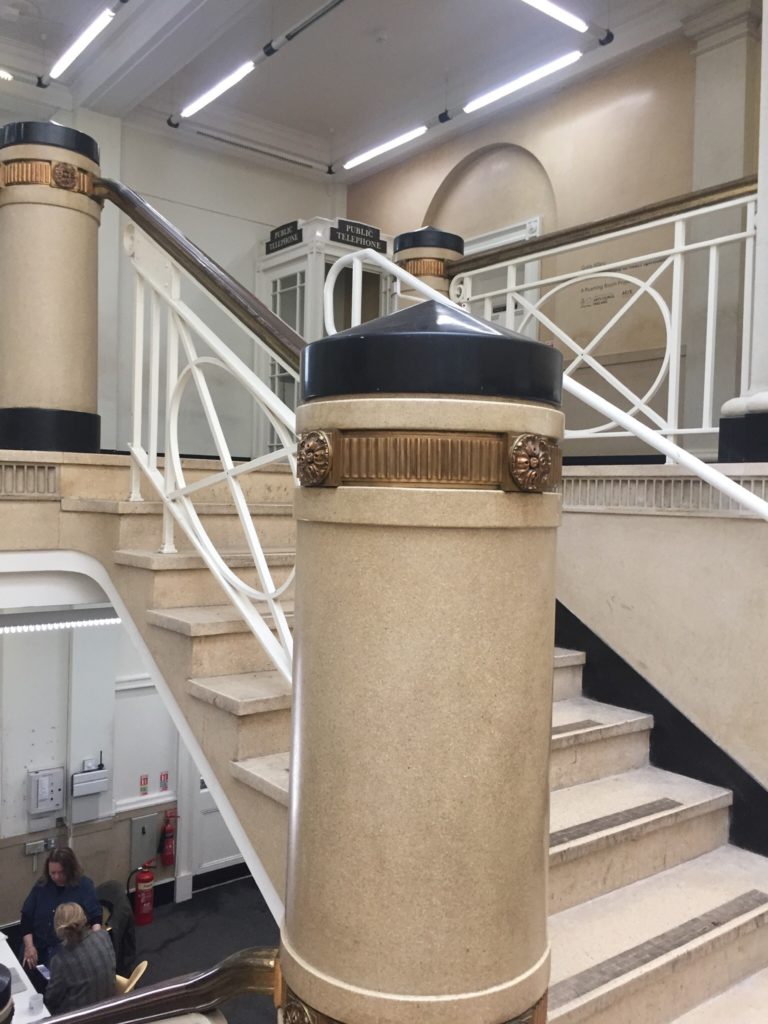
Our new neighbours will be living in nine flats that range in size from 500 to 1800 (!) square feet, with the lucky sods on top having roof terraces. When I asked how much these unaffordable flats will cost, the Rolfe Judd guy squirmed in manner which we’ll call ‘contorted’, and replied ‘300 to 400, with the top ones going for a 1.5 million’. So ending up in a courtroom is really lucky for some people. Ground will probably break on the project after planning consent later next year with a 12 to 18 month construction window after that. And please don’t ask us to wade in on planning permission, as we did that in 2021 and still can’t calm the shitstorm that ensued.
